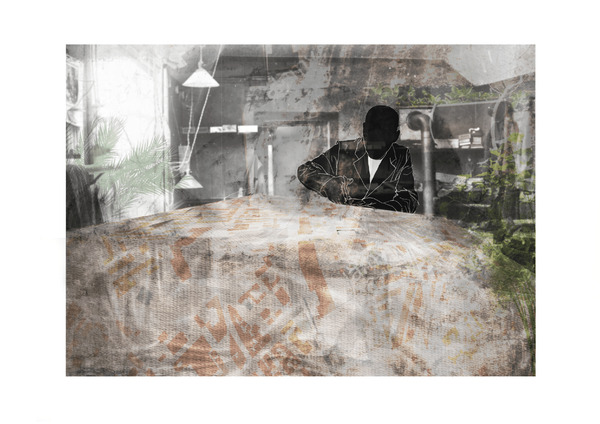Together with Irena Dewi, our thesis project started with a curiosity around the remnants of the Industrial Revolution, the Industrial Textile Mills that lie dormant, particularly within the City of Bradford.
Carrying out research into the Textile Mills revealed the aspects of contentious heritage associated with these buildings. The horrors of child labour, poor health & living conditions and a shockingly low life expectancy during the Industrial Revolution have contributed towards the current neglect of these buildings, gradually becoming victims of mysterious fires that leave the mills in a difficult state to work with or remedy.
Through the use of different methodologies, our thesis project explores the patterns across the city, from an urban scale down to a 1:1 connection with the site. We created a pattern book including key sequences and terminologies that could be applied to a derelict Industrial Mills, as an approach to reintegrate these buildings and re associate them with the City. The aim of this project is justify how these buildings can once again become relevant.
The outcome of this project, the “Mill District” is a masterplan that focuses on reintegrating the neglected textile Mills, through Bradford’s journey of redemption and efforts to correct the contentious heritage of the Industrial Mills. This site becomes a platform for the child to rediscover the city, and for the city to rediscover the child. The architecture and urban space is tailored to the child. It becomes soft and caring, whilst nourishing the child’s imagination and creativity, thus the Mills are re-introduced to the city in a different light.
The buildings, facades and public spaces within the Mill District all focus on this idea of redemption, through the use of new technology whilst including references to the past, the Mills become relevant again by adapting their surrounding context.


